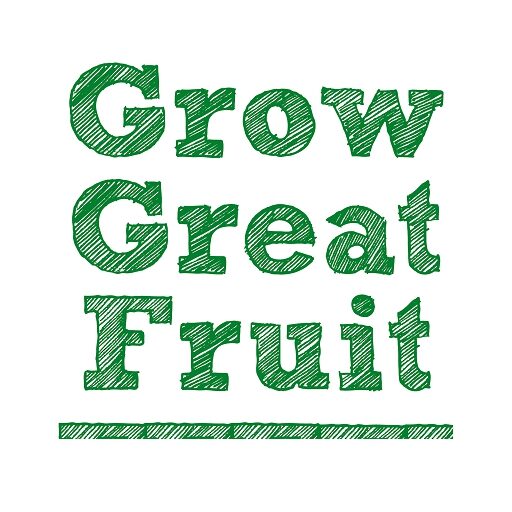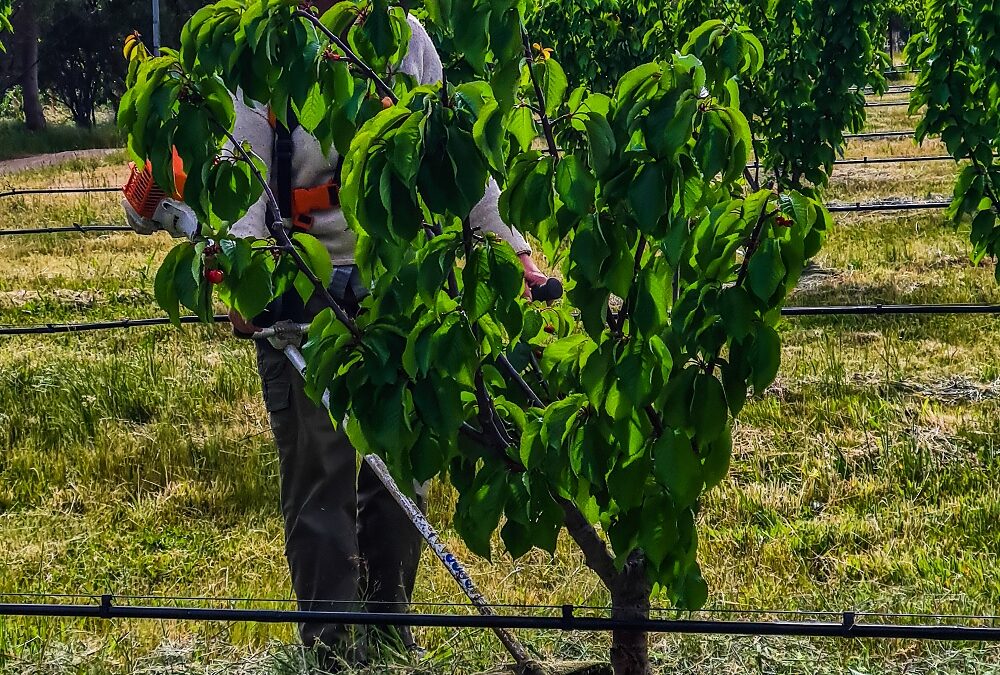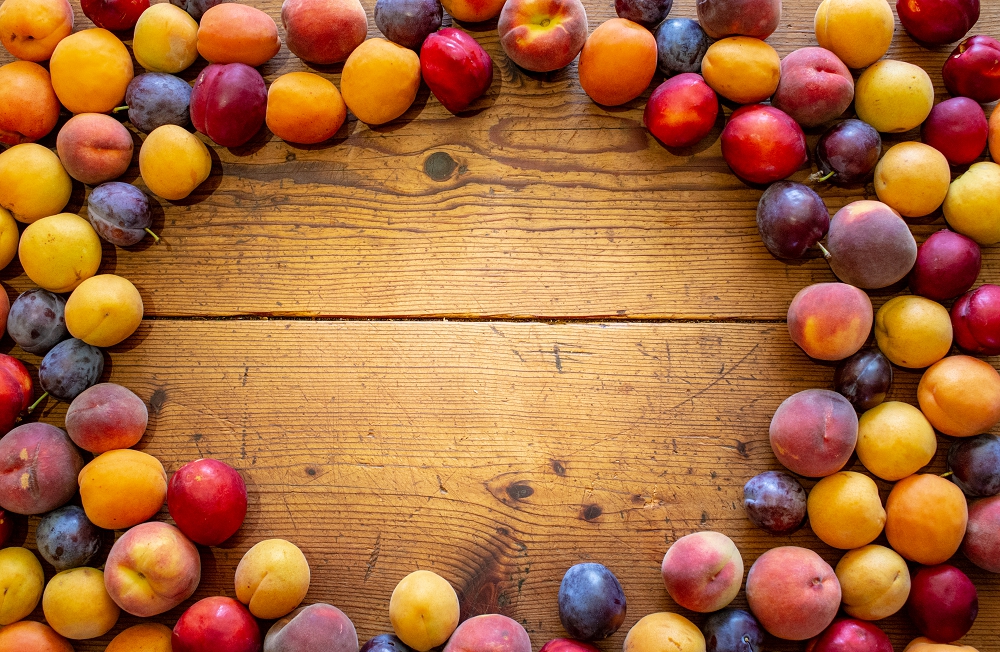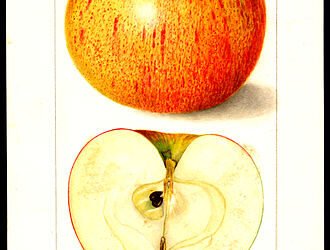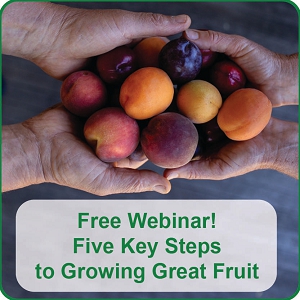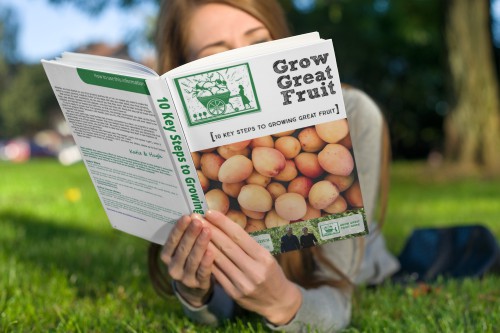Estimated reading time: 8 minutes
Every year it’s amazing to watch the lush green of spring paddocks flip to bleached summer grasses that crackle. And every year, that’s the time we double check our fire plans and systems.
Having experienced a fire in the orchard before, it’s all too easy to imagine fire spreading through those dry paddocks.
With that experience in mind, we’re sharing our thoughts on how you can plan and prepare for fire season in your orchard or garden.
Making a fire plan
When planning for fire, you want to think about a few key things:
- Making a fire plan your whole family knows about
- How to plant well to stop fire from spreading through trees
- How to design for maintenance that stops fire spreading through understorey
- Putting in firefighting access and infrastructure
And one surprising final tip we’ve picked up in recent years: make a post-fire plan (we’ll explain more below).
There are heaps of good resources out there about how to make a fire plan, so we won’t repeat them here. But our main point is: have a plan!
The first decision to make when planning is what conditions you will fight a fire in and when you will leave if you’re not staying to fight the fire.
You’ll also need to think about what techniques and infrastructure you will use to fight a fire. And most importantly – make sure everyone in your household knows the plan.

Design your orchard for fire safety
Some fruit trees can contribute to fire safety. As deciduous trees, they can increase moisture levels close to houses, and thanks to irrigation you’ll have damper soil under them.
But in the right fire conditions, any tree will dry out and become flammable. If that happens you want to stop fire spreading from tree canopy to tree canopy. Our local fire authority recommends spacing your trees so they have at least 2 metres between their canopies. You’ll probably have close to this for netting and picking anyway, but it’s good to think about as you set out your trees.
You also want to stop fire from spreading up into the trees. This means choosing a good understorey plant, or keeping grass short. If you have grass under your trees, make sure you space things so that mowing is easy to keep on top of.
You can also use grazing to reduce the grass fuel load under your trees. Although we have a few tips on how to make sure animals eat the grass rather than your precious trees!
Firefighting access and infrastructure for fruit trees
As you plan your orchard, think about what access and infrastructure you need to maintain to act on your fire plan. For example, if you plan to dry firefight (using tools like a rakehoe to stamp out embers) do you have somewhere to store those tools close by?
If you plan to drive a vehicle into an area for firefighting, have you left enough room, including for turning around easily and safely if it’s smoky?
If you plan to use water and hoses, can you design your irrigation system to also help you fight fires? This might mean having some sprinklers that you can switch on if there is fire danger, or installing hydrants with your irrigation.
Check out this system one of our Grow Great Fruit members installed: rather than just installing a tap where they needed it to connect irrigation, they also installed a hydrant for use with standard canvas firefighting hoses. Most of the above ground piping is metal rather than the usual irrigation line to reduce possible damage from fire.

Planning for post-fire in your orchard
And finally, our surprise tip: make a plan for what you will do if a fire affects your property. This one comes from our own experience of having a fire burn our orchard.
We’ve worked with lots of Grow Great Fruit members recovering from bushfires. We’ve also visited apple-growing districts that have been impacted by bushfire to try to understand what’s needed for recovery.
Our experience was echoed in a workshop run by our local agriculture department (which happened to be run the week after some devastating bushfires in our state).
Their advice was that often you’ll be in a state of shock and running on adrenaline if a fire happens. And you may not make good decisions while in that state.
If you do lose everything in your garden, we’re so sorry. It’s a devastating experience that can take years to get over. There’s a lot of good support available, so please be gentle with yourself, seek help, and understand that recovery takes time.
But, if ahead of time you can imagine that the worst has happened, and plan for it, you will likely cope better if it ever does happen.
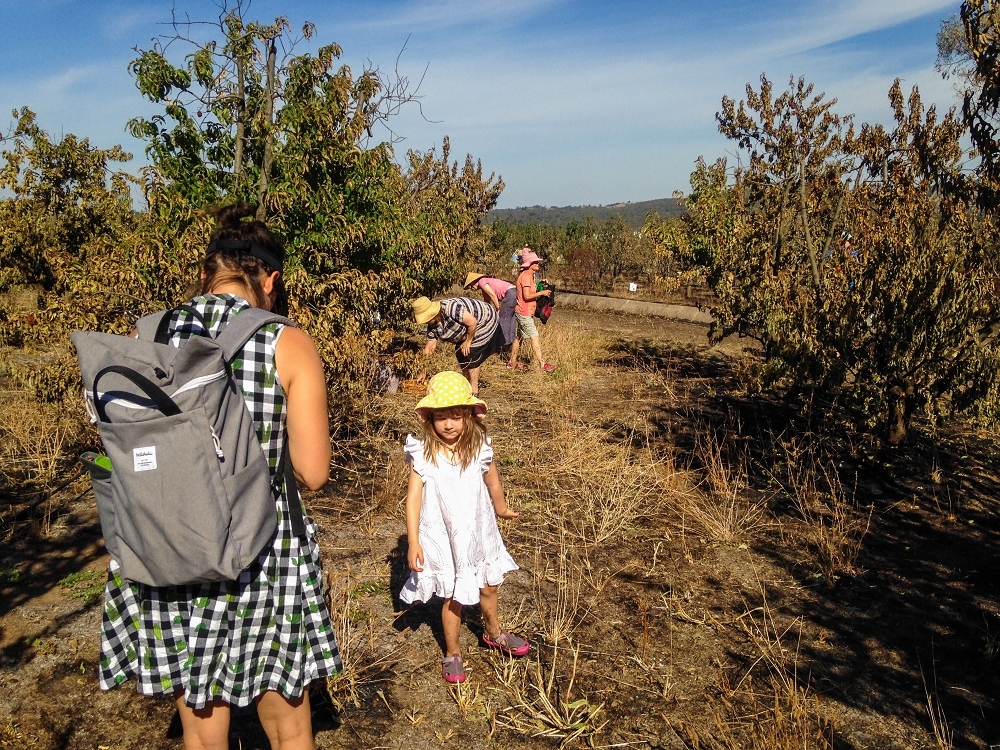
What should be in a fruit tree fire recovery plan?
As you turn your attention to recovery, maybe you’ll even be able to find some silver linings of starting again. Perhaps you can finally move that annoying gate, or reorient everything for better sun access.
Would you replace your fruit trees, and if so, would they be in the same place? What could you do differently to provide better protection next time?
In your plan, make a list of who might be able to help you rebuild the things you do want to do, e.g., who might help with fencing.
Think about what your mental health might need in that period. Having a plan ahead of time that you’re going to pause and spend time with friends rather than leaping into rebuilding can be the permission you need to protect yourself from the after effects of a traumatic event.


Inviting people to help with our recovery
After the fire went through our orchard, we were left with a heartbreaking sight—trees still standing, but full of unsellable, smoke-damaged fruit.
The fruit still had plenty of life in it, though, and we knew we had to get it off the trees. Instead of letting it go to waste, we opened our gates for an open day and invited our customers, friends, and farm supporters to come and pick as much as they liked.
What could have been a tough and exhausting task turned into something completely different. The orchard filled with laughter, conversation, and a real sense of community, almost like a harvest festival. Seeing the fruit go to good use was a huge relief, and we felt incredibly supported by everyone who came.
As a way to give back, we collected donations for the local CFA—the same crew who had put out the fire for us—turning a difficult situation into something truly special.
Do you need more help preparing your fruit trees for fire season?
We’ve been asked about this topic before, but we’re keen to hear whether you’d like more guidance. Would a fire season webinar help? Or a more comprehensive guide?
Or do you have experience to share?
Let us know in the comments or by email. We’re also interested in where you’re based to see if we can work together with some other local fire education groups on this, so include that detail if you’re comfortable to do so!
Related Articles
Saving heritage fruit trees by planting them
Many heritage fruit tree varieties are in danger of going extinct. The best way to save them is by planting them in your backyard.
9-step process for preserving fruit
Learning to preserve your own fruit is a great way to use up gluts and give you a steady fruit supply throughout the year.
Managing your fruit trees and frost
Learn about frost in your garden, how it may affect different types of fruit trees, and how to protect them by creating microclimates.
